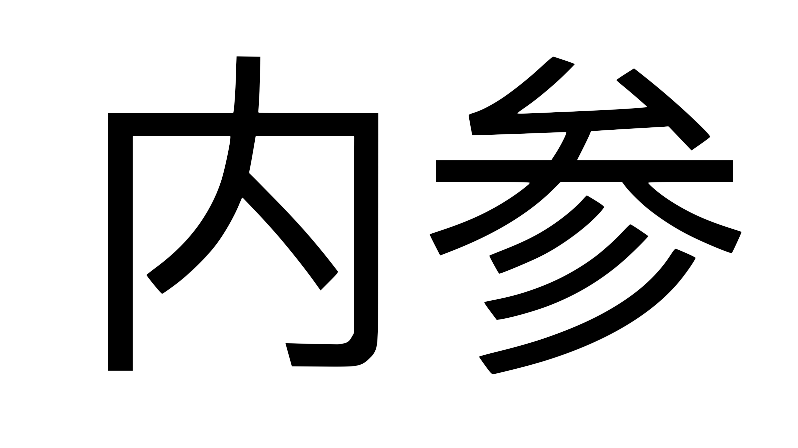Brief #120: Lessons from Ukraine: How Businesses Can Prepare for a Taiwan Crisis
Russia’s war against Ukraine has disrupted global supplies of oil, gas and wheat, driving record increases in European energy prices and deepening food poverty in African nations that depend on Ukrainian cereals. Businesses considering a Taiwan crisis scenario should learn from the Ukraine case by making relevant risk mitigations in advance.
What might a Taiwan conflict mean for businesses?
First, Asia-Pacific supply chains would enter a period of intense disruption and reconfiguration. There are several possible scenarios for how such a conflict might play out. All of them, however, would likely involve an economic or military blockade of Taiwan or its outlying islands. This means Taiwan might lose access to sea freight supply routes through the Strait of Malacca, a trade chokepoint between the Malay Peninsula and Sumatra, or the Luzon Strait south of Taiwan’s main island of Formosa.
A blockade in the Luzon Strait could result in subsea fibreoptic cabling connecting mainland China, Hong Kong, Japan and Taiwan with the US being damaged or impaired, resulting in targeted or widespread disruption to telecommunications and financial services. Furthermore, blocking the Strait of Malacca would slash Taiwan’s exports to the US and Europe in market-leading industries like semiconductors and sporting goods.
Concurrently, China will likely conduct denial of service cyberattacks on critical Taiwanese infrastructure as part of a hybrid warfare strategy, compounding logistical difficulties for businesses. As a result, increased freight costs and circuitous supply routes would quickly ramp up inflationary pressure on consumer technology and renewable energy products.
Second, the US, the EU and the UK would likely impose new sanctions on relevant Chinese military and civilian entities, resulting in reciprocal sanctions from Beijing. There are complex and pervasive interconnections between the Chinese government and all Chinese businesses of any significance, whether state-owned or private. Working with due diligence specialists to unravel beneficial ownership chains that link to the Chinese mainland, and identifying political exposure and reputational risk, would become vital to investors in the region.
How should businesses prepare?
Before any hostilities break out, businesses should carry out stress tests to measure the exposure of their supply chains to different scenarios within a potential conflict, such as an economic or military blockade.
Businesses should also diversify their supply chains in the medium term to include production and export through neutral jurisdictions, such as manufacturing centres in India or Vietnam.
Decision-makers should also incorporate medium-term volatility into strategic planning and assume a realistic possibility that new US-led divestment orders and an added layer of dollar-denominated reporting compliance standards on their links with Chinese entities will form part of their operating costs in Taiwan and the wider East Asian region.
By Peter Richardson
Edited by Adam Ni
